New metal 3D printing technology allows laser devices to print metal structures drop by drop
Recently, it was learned from foreign media that Dutch researchers at the University of Twente developed a new metal 3D printing technology that allows laser devices to print metal structures drop by drop, including pure gold, with print accuracy of a few microns.
Typically, the metal structure can be fabricated by photolithographic methods, casting, selective laser sintering or melting. However, these new methods are also not suitable for 3D printing of metals having feature sizes less than about 10 [mu]m, which would be very interesting for electronic devices.
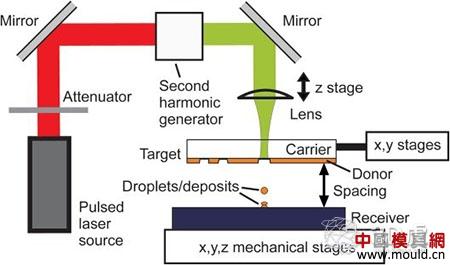
New metal 3D printing technology allows laser devices to print metal structures one-drop. Researchers' new technology is called laser-induced forward transmission (also known as "LIFT"), which uses ultrashort laser pulses to melt tiny metals in nano-thickness films. This forms droplets of molten metal that can be ejected to the target location and cured. Thanks to this technology, UT researchers were able to construct a spiral microstructure with copper and gold droplets. These two metals have similar melting points, in which case copper acts as a support on which gold can be formed.
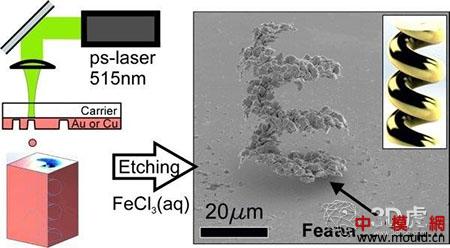
New metal 3D printing technology allows laser equipment to print metal structures laser-printing technology: by printing copper and gold in sequence, copper is etched away, and the volume of independent spiral metal droplets that produce pure gold is only a few liters (one trillion One). The way to make droplets is to illuminate the metal with an ultrashort pulsed green laser. This precise droplet generation allows the structure to be constructed with a height of only a few tens of microns and with details of less than 10 μm with minimal surface roughness (about 0.3 to 0.7 microns). A key question for researchers is whether the two metals will mix at their interface: this will have an impact on the quality of the product after etching. The researchers wrote in the additive manufacturing that there is no sign of mixing between these metals.
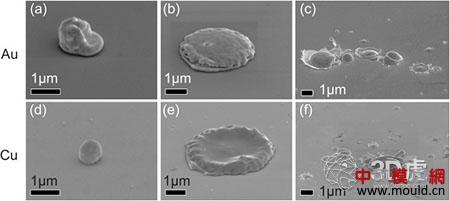
New metal 3D printing technology allows laser equipment to print metal structures drop by drop. Once the structure is complete, the researchers used chemical etching in the ferric chloride to completely remove the copper support. By doing so, they left a pure gold composite spiral composite.
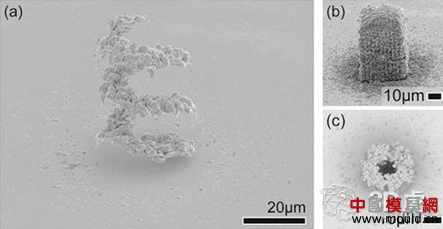
The top view of the spiral (c) indicates that it is three-dimensional with a central void. In (b), it is still in the copper box
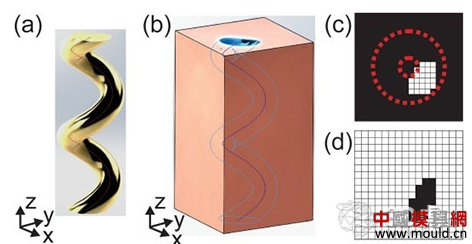
The ability to create completely independent and overhanging structures is critical to printing complex 3D devices. The use of LIFT in combination with chemical etching can show the possibility of generating these types of structures on a small scale.
LIFT technology is also a promising technology for other metals and metal combinations. Researchers expect opportunities for materials used in 3D electronic circuits, micromechanical devices, and sensing, such as biomedical applications. Therefore, it is a very small and powerful new production technology: an important step towards "functionalization" of 3D printing.
The study was conducted by Solids, Surface and Systems Mechanics (MS3) and Design, Production and Management (DPM) departments, both of which are part of the engineering department of the University of Twente. The researchers worked with DEMCON, a spin-off company at the University of Twente.
Swamp Excavator,Swamp Buggy,Low Fuel Consumption Excavator,Long Arm Excavator
Binzhou Jinyi Equipment Co.,Ltd , https://www.jyexcavator.com